When someone lands on your product detail page, you’ve got milliseconds to make a strong impression. They’re asking:
Does this product look like it’s worth my time and money?
Can I trust the brand behind it?
Your product images are your shopfront, and if they aren’t pulling their weight, it’s likely costing you. Either in engagement, conversions, or credibility.
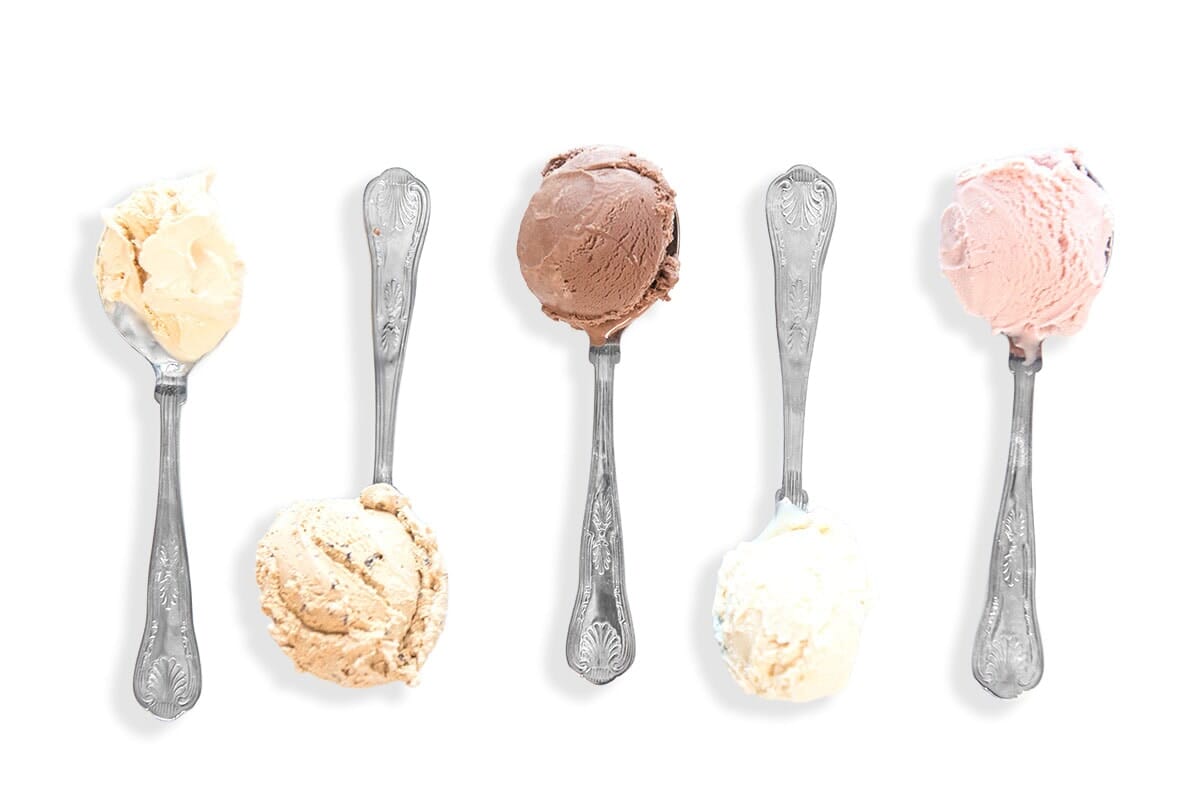

The Image Gap: Where Good Intentions Underdeliver
Many brands invest in web design, copywriting, even paid ads; but leave photography as an afterthought. Often, it’s a DIY setup with a phone camera and a lightbox ordered off Amazon.
And the result?
- Inconsistent images that weaken your brand
- Missed opportunities showcase product functions or features
- Lower engagement on social and email content
- More returns due to customer uncertainty
75% of online shoppers rely on product photography to make a purchasing decision — more than reviews or product descriptions.
Shopify (2023)
The Data-Backed Case for Better Imagery
At Photography MK, we’ve worked with businesses across multiple sectors – from fashion and drinks brands to unique signed memorabilia. And the impact of professional photography is clear:
45% increase in engagement
A signed sports memorabilia business saw a 45% increase in engagement on products with professional photos vs. those with smartphone snaps.
12% sales increase reported
A separate Amazon seller reported a 12% sales increase after upgrading their product listings with studio-shot images. The uplift covered the cost of the shoot within one month.
Better consistency across catalogues
Clients frequently report better consistency across their online and offline catalogues, resulting in smoother customer journeys and a more professional look and feel across their brand.
Even when selling unique, one-off items, the right images can extend dwell time and boost perceived value; a key conversion lever for higher-ticket products.
Images That Do More Than Convert
Great product photography isn’t just about aesthetics. It works across the funnel:
- Top of funnel: Eye-catching images stop the scroll on social media and email.
- Mid-funnel: Clear, detailed visuals reduce hesitation, especially when zoomed or viewed in multiple angles.
- Bottom of funnel: Better images reduce return rates by giving accurate expectations.
And the value goes beyond the PDP. One shoot can provide assets for:
- Newsletters
- Paid ads
- Hero sections on landing pages
- Product packaging or lookbooks
- Social reels and carousels
That’s why our clients — from e-commerce retailers to product managers — increasingly treat image production as a growth lever, not a cost centre.
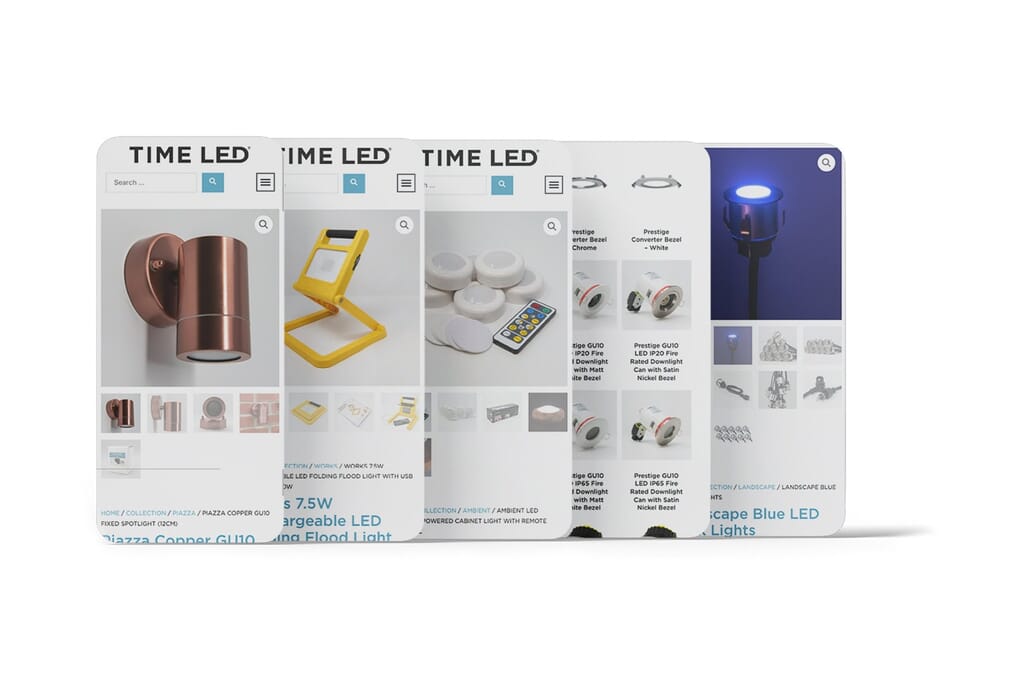
What’s the Difference, Really?
Take two product listings: One uses pro photography with carefully controlled lighting, consistent backgrounds, and colour-corrected post-processing. The other uses a smartphone image taken in inconsistent lighting.
The difference?
- Professionalism: It reflects directly on your brand
- Clarity: Fewer product-related questions = more confident buyers
- Consistency: Especially for e-commerce stores with multiple SKUs or colour variants
- Adaptability: Properly cropped and edited assets are easier to reuse in multiple formats and platforms
Why Image Quality = Revenue Growth
Numerous studies have found that visual content has a measurable effect on conversions.
In a recent Salsify consumer report, 60% of UK online shoppers said high-quality images were the most important factor in choosing which product to buy — more than descriptions or star ratings.
And this isn’t just about aesthetics.
According to Nielsen Norman Group, image quality directly influences trust. Grainy or poorly lit photos signal cheapness — even if the product itself is premium.
“Perception of quality in e-commerce is almost entirely visual. People judge faster online than they do in-store.”
Nielsen Norman Group, (2023)
So if your product is high-end but your images aren’t, you’re creating cognitive dissonance. That mismatch can quietly cost you sales.
A Quick Visual Audit You Can Do Right Now
Ask yourself these five questions about your product imagery:
- Are all my product images consistent in background, lighting and crop?
- Can customers easily zoom in or rotate products to explore them in detail?
- Do the images reflect the actual size, finish, and colours of the product?
- Would I be proud to see this image in a national campaign?
- Is the style of my photography aligned with my brand’s values and audience?
If you’re unsure about any of these, it might be time for a refresh — or at least a strategy review.
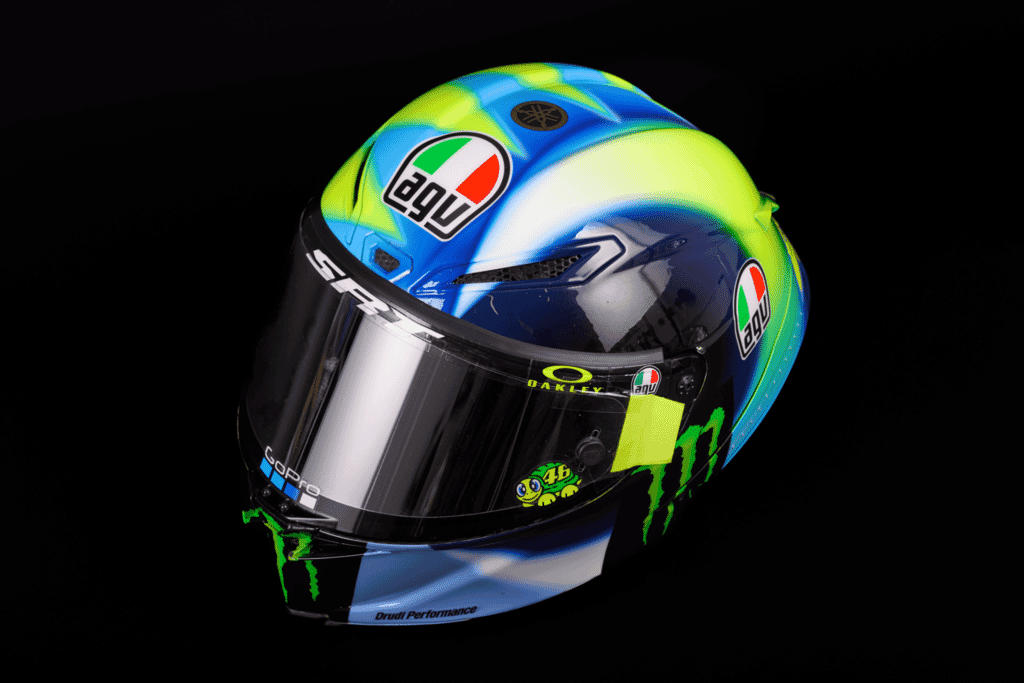
Thinking Beyond the PDP
Marketers often think of product photography as just “website content”. But the same assets – if created with forethought — become multi-purpose visuals for:
- Retargeting campaigns
- Organic Instagram carousels
- Email automations
- Trade show materials
- Digital PR assets
High-quality photography isn’t an expense. It’s content with a shelf life.
What Great Brands Do Differently
Top-performing e-commerce brands don’t just photograph products – they systemise their visual storytelling. That often looks like:
- Maintaining an image asset library for flexible, multi-channel use
- Creating guidelines for consistent cropping, colour, and styling
- Building a reliable supply chain of image production, just like for written content
- Using 360 photography to offer interactivity for key products
For example, when we helped a premium memorabilia brand upgrade their product images – using pro-grade 360 spins and close-ups, they reported a 45% boost in average time spent on page for those listings.
Longer engagement = higher buyer intent.
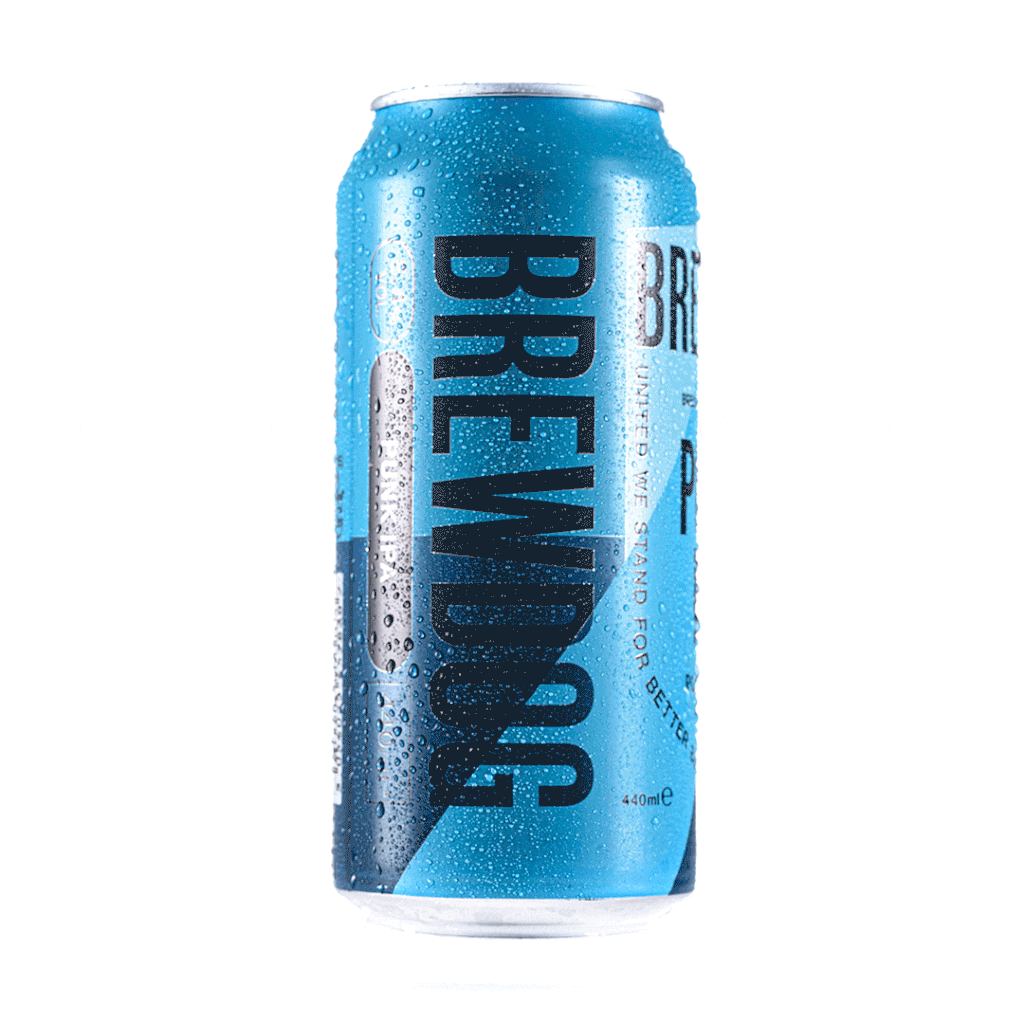
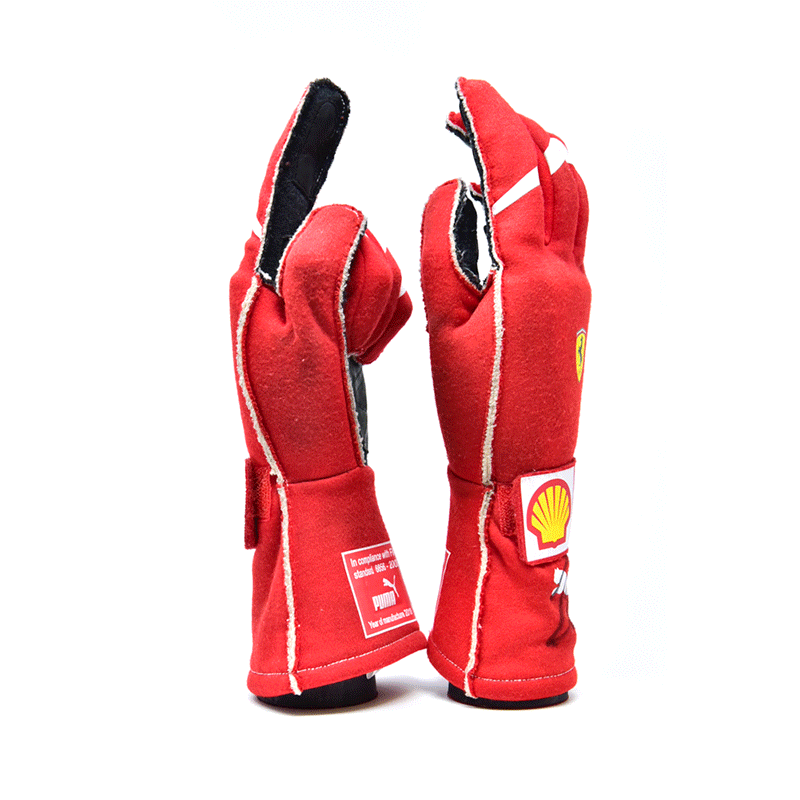

What Might This Look Like for You?
If any of this resonates, we’re always happy to jump on a no-obligation call and talk through ideas. Whether or not we end up working together, we can help you clarify what’s working, what’s not, and what opportunities might be hiding in plain sight.
Book a Discovery Call
